When preparing a home for its initial rental inspection with a city in Metro Detroit it's essential to remember that while there are common standards, specific requirements can vary by municipality. It's always best to consult the specific city's building or code enforcement department for their exact checklist, but here's a comprehensive list of what inspectors commonly look for:
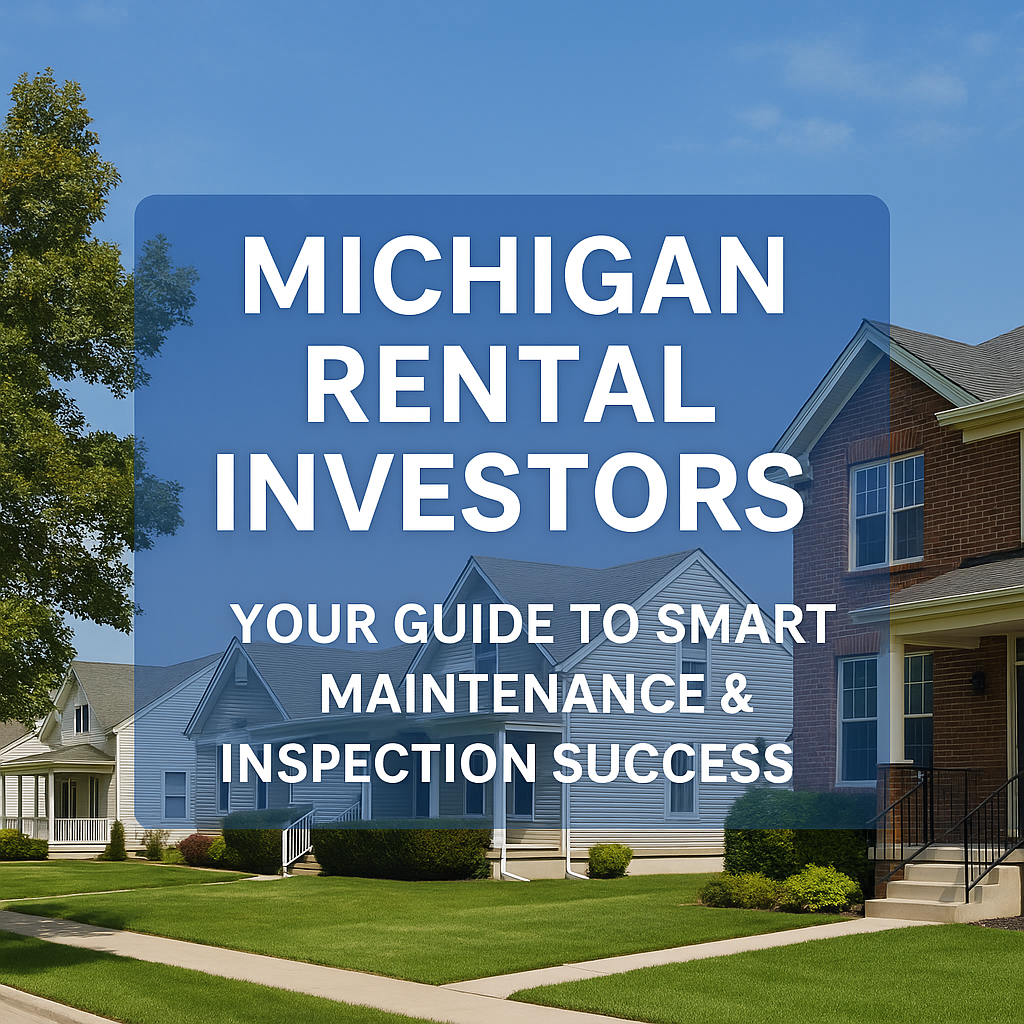
Maintenance Guide
Katey Wagner
1. Registration & Documentation
1. Registration & Documentation
Rental Registration: Ensure the property is properly registered with the city as a rental unit. Many cities require annual or biennial registration.
Certificates of Compliance: A valid Certificate of Compliance (or similar document) is often required annually and must be posted on the premises or made available upon request.
Lead Risk Assessment: For older homes, especially in cities like Detroit, a lead risk assessment report and clearance certificate may be required prior to receiving a Certificate of Compliance.
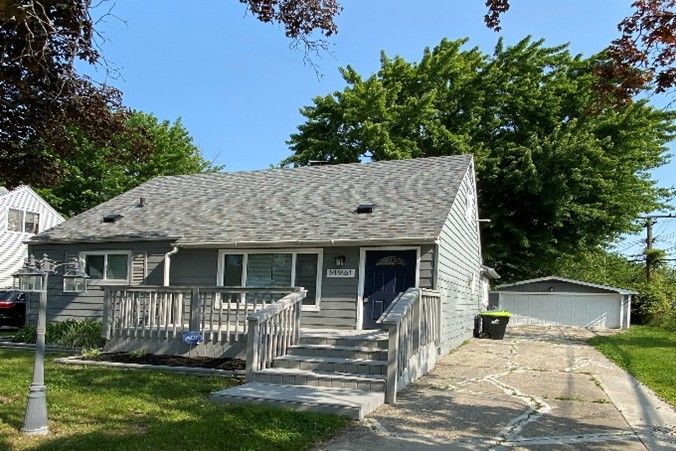
2. Requirments
Address Numbers: Approved address numbers must be plainly legible, visible from the street, and contrast with their background (minimum 4 inches high).
Overall Condition: The entire property (exterior and premises) must be maintained in a clean, safe, and sanitary condition.
Weeds & Grass: Maintain premises free from excessive weeds and ensure grass is mowed to an acceptable height (e.g., less than 5-7 inches).
Pest & Rodent Control: The property must be free from rodent harborage and insect infestation. Extermination documentation may be required if evidence of pests is found.
Accessory Structures: Detached garages, sheds, fences, and walls must be structurally sound and in good repair.
Sidewalks & Driveways: Maintained in good repair and free from hazardous conditions like trip hazards (e.g., uneven surfaces over ½ inch).
Foundation Walls: Must be plumb, free from open cracks and breaks, and prevent entry of rodents and pests.
Roofs & Flashings: Must be sound, tight, and free from defects that admit rain.
Gutters & Downspouts: Must be clean, in good condition, securely fastened, and properly direct water away from the foundation. Some cities require disconnection from storm sewers.
Siding & Paint: Exterior siding and paint must be in good condition, free from peeling, chipping, flaking paint, broken boards, or missing pieces.
Windows & Doors (Exterior): Must be weathertight, in good repair, and have no broken or missing glass. Operable windows should have screens present (or available if off-season). Exterior doors need proper illumination and security.
3. Structural Integrity
Porches, Decks, Stairs, Balconies: Must be structurally sound, in good repair, with proper anchorage, and capable of supporting imposed loads. Check for cracks, holes, or broken masonry on steps.
Handrails & Guards: Required handrails (on stairs with more than four risers) and guards (on open sides of stairs, decks, porches, balconies) must be firmly fastened, in good condition, and capable of supporting a minimum specified load (e.g., 200 lbs lateral load). Guardrails typically have height and spindle spacing requirements (e.g., 36 inches high, spindles no more than 4 inches apart).
Chimneys: Must be structurally safe, sound, and in good repair, free from cracks and missing mortar.
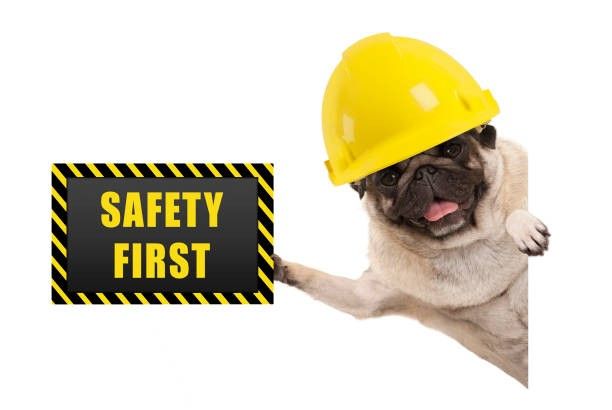
4. Safety & Egress
Smoke Detectors: Required in every sleeping room, immediately outside each separate sleeping area, and on every level of the dwelling (including basements and habitable attics). They must be properly installed (e.g., within specific distances from ceiling/wall) and functioning (test them!).
Carbon Monoxide Detectors: All dwelling units typically require an operable carbon monoxide detector, often on each level.
Fire Extinguisher: Some cities require a charged fire extinguisher (e.g., type 1A1OBC) mounted on a path of egress between the kitchen and an exterior exit.
Emergency Egress Windows: All sleeping areas, especially in basements, must have an operable window that meets specific size requirements for emergency escape (egress window). Sill height requirements also apply (e.g., maximum 44 inches above floor).
Clear Exits: Unobstructed means of egress from the interior to the public way must be maintained at all times. All doors must be unlocked during inspection.
Door Locks: All entry doors typically require a deadbolt lock. Double-keyed locks or padlocks on egress doors or habitable room doors are generally prohibited. Interior doors with locks should not require a key to open from within.
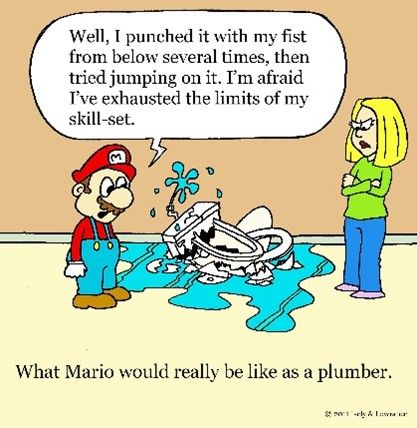
5. Plumbing System
Water Supply: Adequate supply of both hot and cold running water.
Leaks: No leaks at faucets, drains, or pipes. Toilets must be firmly attached and not running.
Fixtures: All plumbing fixtures (sinks, toilets, tubs/showers, lavatories) must be in good working condition, free from drips, and have proper stoppers and traps.
Drains & Sewers: Drains must be open and clear, with no obstructions. Proper traps (P-traps) are typically required under sinks, with S-traps often prohibited unless original metal pipes.
Water Heater: Must have safety devices (T&P valve) and proper venting. Discharge pipes must run to near the floor.
Laundry Areas: Must contain at least one grounded-type or GFCI receptacle. Washer connections and drainage must be proper. Vacuum breakers are often required on laundry tubs and outside hose bibs.
Flexible Drain Pipes: Some cities prohibit flexible drain pipes and require them to be replaced with solid pipes.

6. Electrical System
Wiring: No dangerous exposed wiring.
Outlets: Habitable rooms typically require a minimum number of receptacle outlets (e.g., at least two separate and remote duplex outlets, or three if no overhead light). Laundry areas and bathrooms require at least one grounded-type receptacle. New bathroom receptacles must have GFCI protection.
GFCI Protection: Ground Fault Circuit Interrupter (GFCI) protection is often required for outlets within a certain distance of water sources (e.g., within 6 feet of a sink) and in bathrooms, laundry areas, and exterior locations.
Cover Plates & Fixtures: All cover plates for outlets and switches, and all light fixtures, must be present and in good repair.
Extension Cords: Not permitted as permanent electrical sources. Overuse may indicate a need for more outlets.
Electrical Panel: Maintain adequate clearance (e.g., 36 inches minimum) around the electrical panel for access and fire safety.
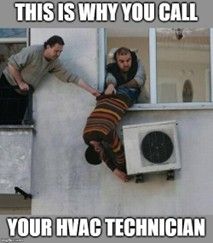
7. Heating & HVAC System
Heating Equipment: All mechanical appliances and equipment must be properly installed, in safe working condition, and capable of performing their intended function (e.g., maintaining 68°F in habitable rooms).
Ventilation: Bathroom fans must be operable and vented to the outside (or an operable window present). Dryer vents must be properly attached, made of rigid metal, and exhaust to the outside.
Clearances: Maintain adequate clearance around furnace and water heater for access and fire safety (e.g., 36 inches minimum).
Gas Shut-off Valves: Gas shut-off valves may be required on water heaters, stoves, furnaces, and clothes dryers.
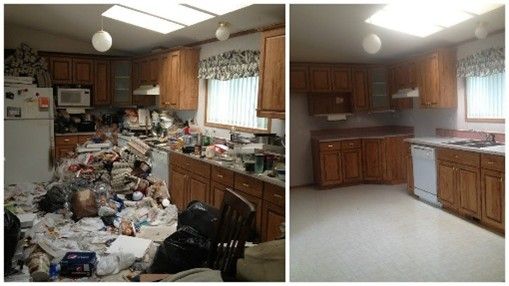
8. Interior Condition
Walls & Ceilings: Must be in good repair, free from cracked, loose plaster, decayed wood, holes, or other defective surface conditions. Peeling, chipping, flaking, or abraded paint must be repaired, removed, or covered.
Floors: Floor coverings must be in good condition, sanitary, and free from trip hazards (e.g., rips or tears in carpet).
Windows (Interior): Must open easily and stay open, have a sash lock, and be able to be secured quickly and easily in an open position for emergency escape. Screens are required on all operable windows.
Doors (Interior): Must be in good condition, open and close easily, latch properly, and provide privacy.
Sanitation: The entire unit must be sanitary.
Pest Infestation: The unit must be free of insect and rodent infestation.
Preparing for the Inspection:
Clear Clutter: Ensure living areas, especially near electrical, heating, and plumbing equipment, are clear and de-cluttered for easy and safe access for the inspector.
Unlocked Doors: All doors in the rental unit must be unlocked for the inspection.
Tenant Communication: Inform tenants about the inspection and coordinate access.

